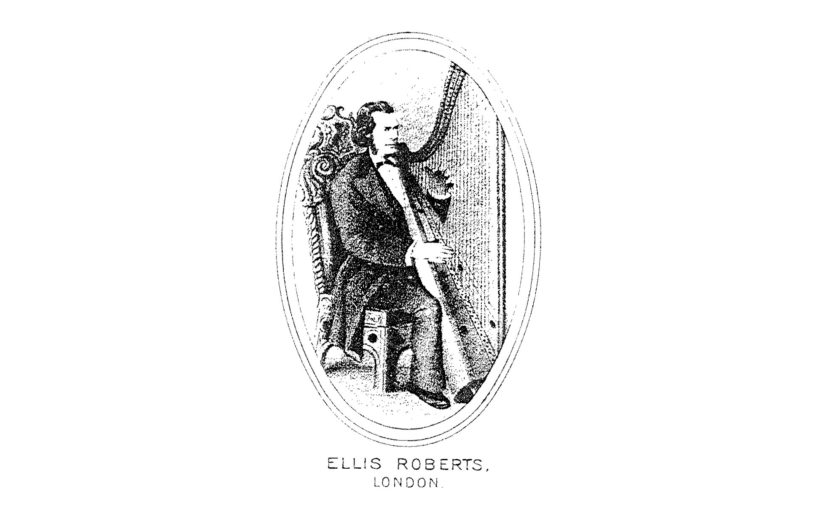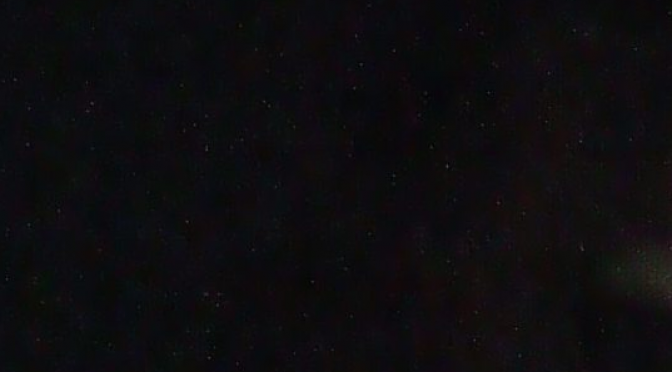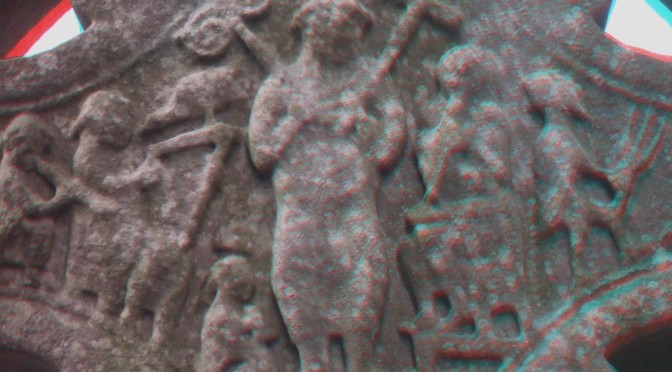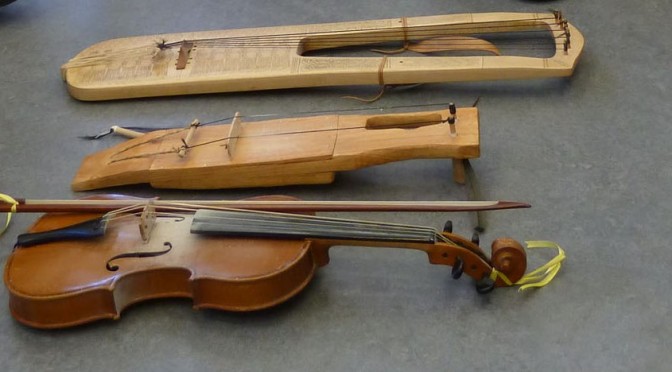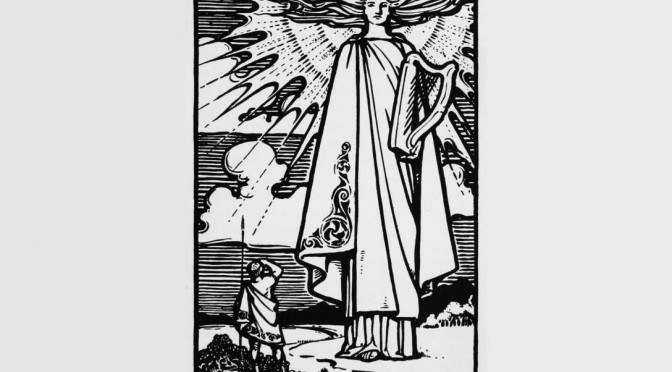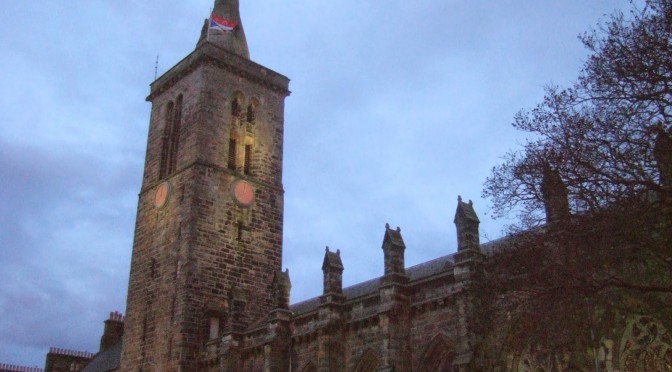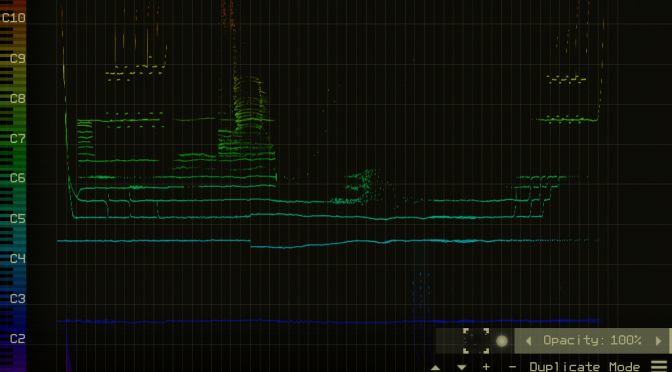Our work to re-discover and/or reimagine the music and playing techniques of an extinct oral tradition has a number of ingredients, and one of these is the physical instrument itself. I put a lot of value on the study of the museum harps, which we know were the actual instruments owned and played by tradition-bearers; for some of them we have the physical instrument, preserved since the death of the performer; we have a portrait of them sitting with the same instrument; and we have live transcriptions of their playing.
Continue reading Ignoring the limits of the instrumentCategory: Strange musical instruments
The Blowing Stone
Yesterday I drove out from Oxford to the Uffington white horse. On the way I stopped at the Blowing Stone, and blew it. Continue reading The Blowing Stone
H
After a long break I have made a new ambient electronic track which you can hear on my Soundcloud page.
Monasterboice
On Saturday I was driving south towards Dublin when we spotted the road sign turning to Monasterboice. I zoomed off the motorway and we stopped to look at the amazing high crosses there. I was especially pleased to get a good stereo pair of the carvings on the Cross of Muiredeach.
Firing the bells
I have never done this, or seen it done, or even heard it done. But here is a video on Youtube showing the ringers at Blackburn firing! Thanks to the Ringing World letters page for this link! Continue reading Firing the bells
Bowed-harp workshop
Yesterday I was in Edinburgh to present my “bowed lyre workshop” at the Northern Streams festival.
Aonghus Mac ind Óg ⁊ an tiompán
As part of a big push to re-do my stringing paper at earlygaelicharp.info, I was searching for the reference to the tiompán with strings of “ór dearg” (red gold), which Ann Heymann refers to in her article Strings of Gold.
I was pleased when I finally tracked it down, to find that the person holding the instrument is Aonghus, son of Boann and the Dagda, who lived in Newgrange, at Brú na Bóinne. This is the same Aonghus an Bhroga referred to in the praise poem to Aonghas Òig, Rì Innse Gall, which I was working on last year.
Graduation ringing
Today was the (delayed) St Andrews day graduations in the University of St Andrews. The university requested half an hour of bellringing before and after all three ceremonies plus the chapel service – a total of seven 30 minute sessions! Continue reading Graduation ringing
why
I have not been playing the harp because I have been working on the virtual ANS instead. For my very first experiment (which I put here the other day) I did everything on-screen , sampling the sound of the harp and distorting it rather crudely into a drone and some chime-like sounds.
But one of the things that attracted me to this instrument in the first place was the idea of tactile, hands-on shaping of the sonorities. Continue reading why
